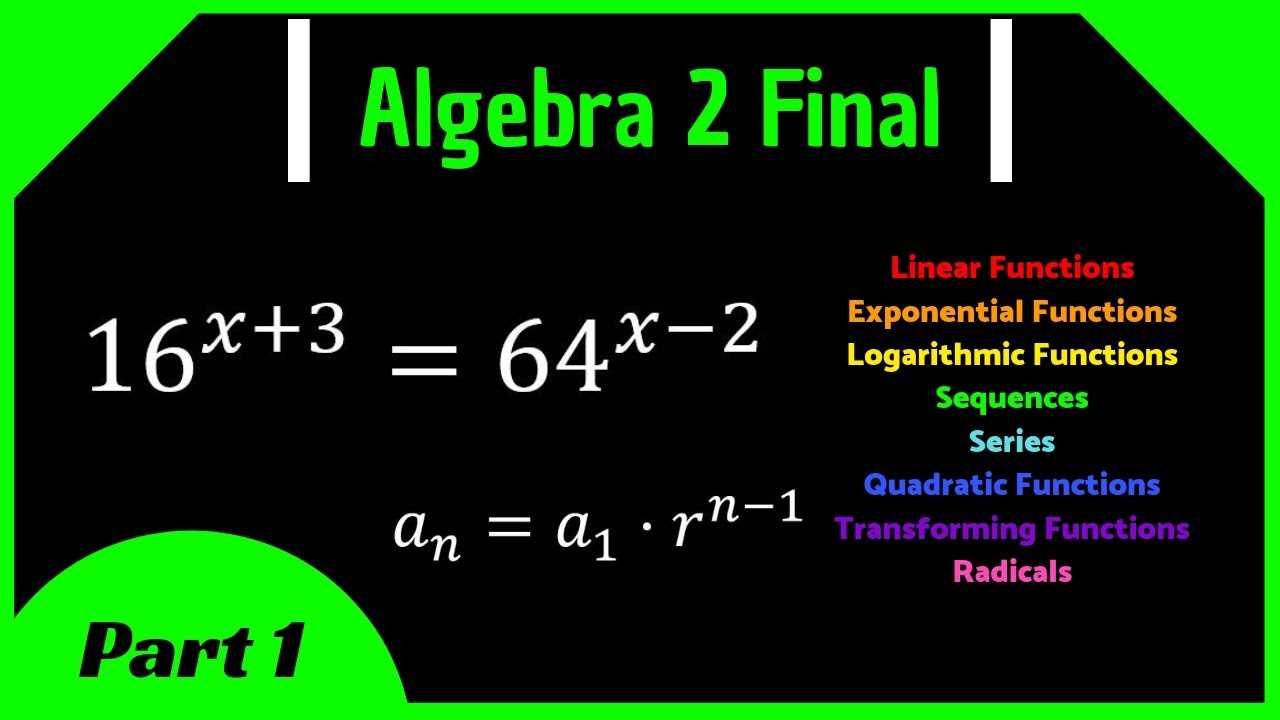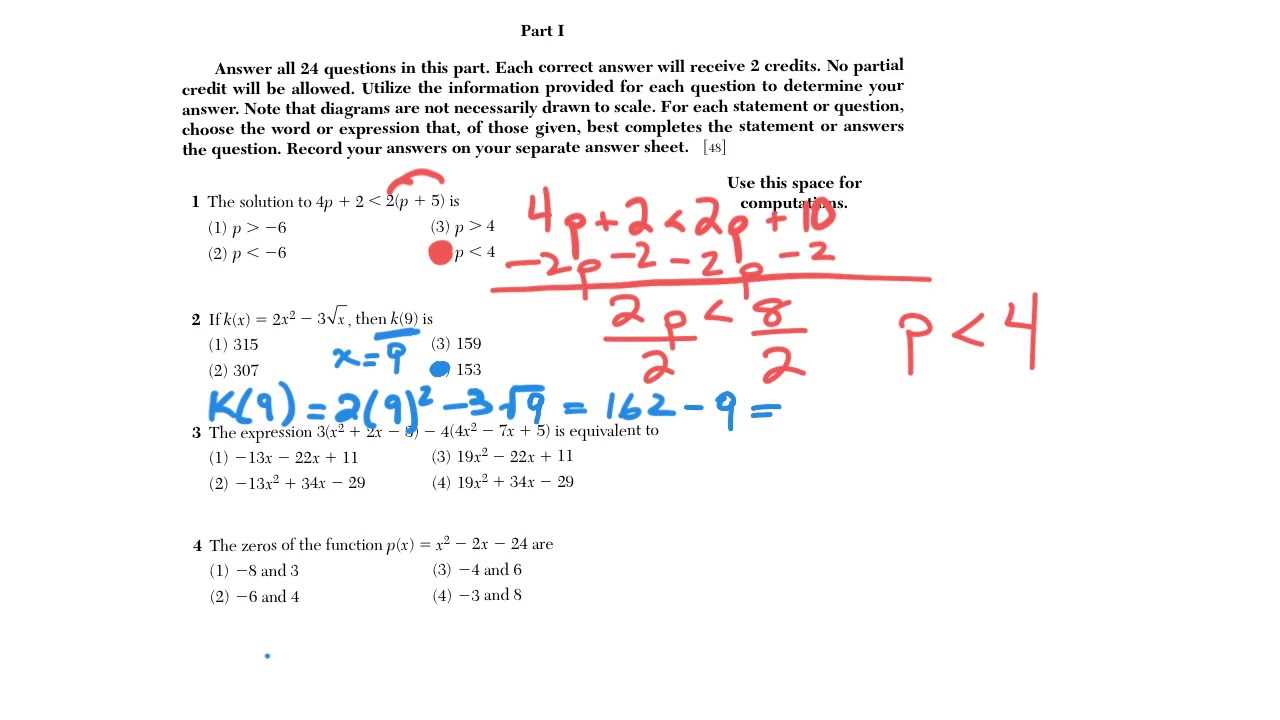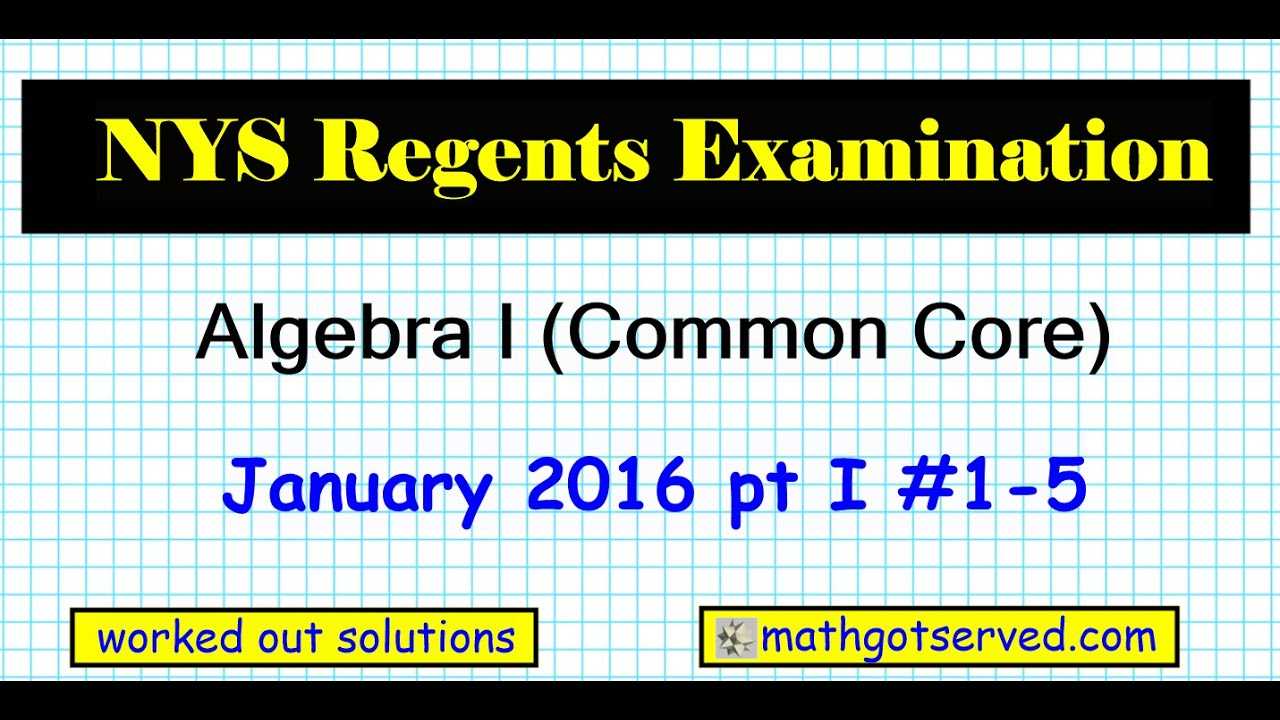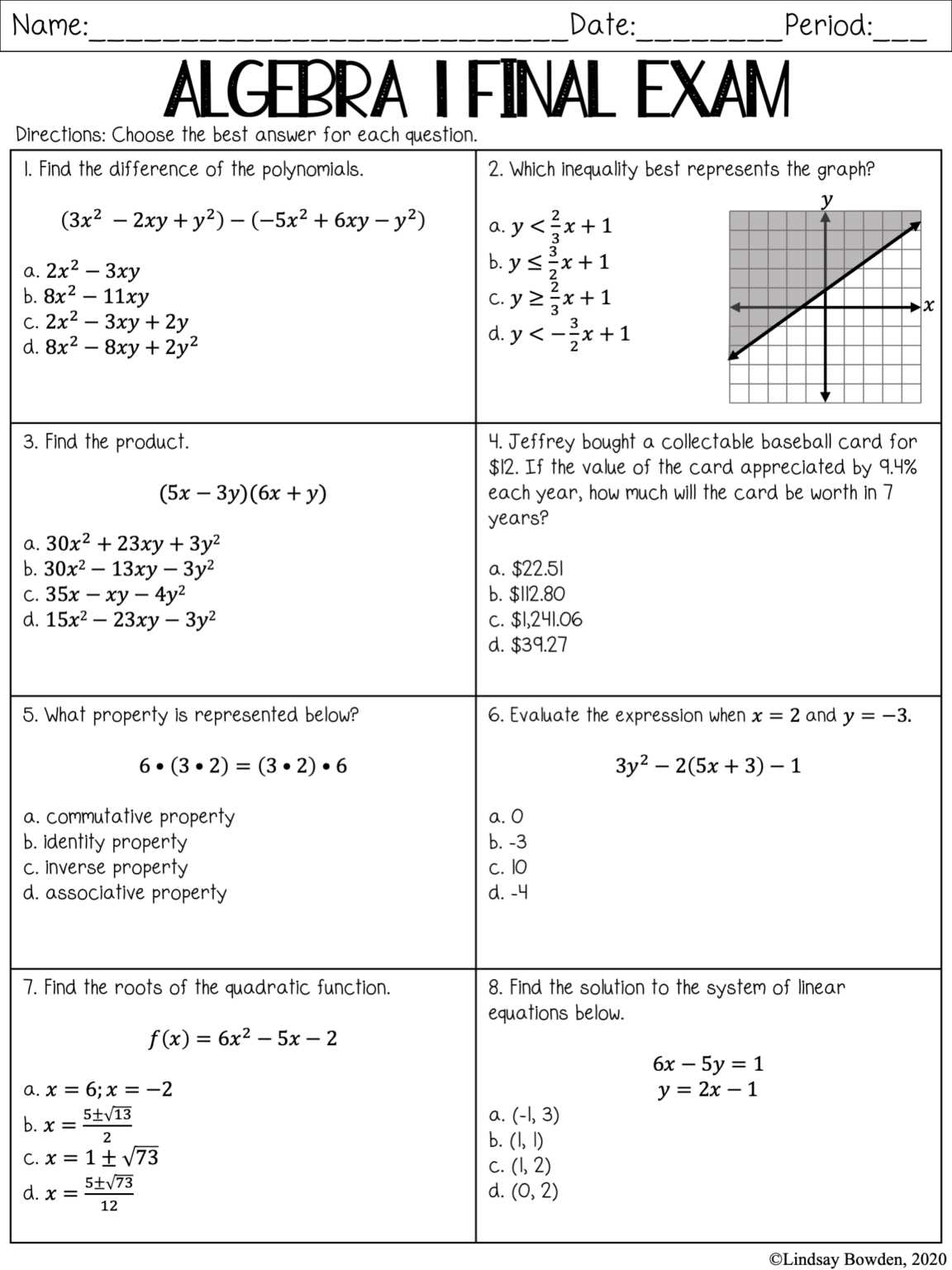
Reviewing key formulas before the Algebra 2 final exam helps solve problems faster and avoid mistakes. Quadratic equations follow the standard form ax² + bx + c = 0, and the quadratic formula x = (-b ± √(b² – 4ac)) / 2a quickly finds solutions. Factoring, completing the square, and graphing are also useful methods. Logarithmic and exponential equations often require conversion between forms, such as logb(x) = y converting to bʸ = x. Recognizing when to apply each method saves time.
Understanding functions is essential for success. Polynomial, rational, and radical functions each have unique characteristics. The domain and range define input and output values, while transformations shift graphs without changing their core properties. For trigonometric functions, knowing key values like sin(0) = 0 and cos(π/2) = 0 helps with problem-solving. Inverse functions, including logarithms, require switching variables and solving for y. Practicing these conversions strengthens problem-solving skills.
Working with systems of equations requires identifying the best approach. Substitution works well for simple equations, while elimination is faster for larger systems. Matrices and determinants provide an alternative method, especially for three-variable systems. Graphing can confirm solutions visually, ensuring accuracy. Word problems often involve setting up systems correctly before solving, making careful reading a priority.
Exam strategies improve accuracy and efficiency. Checking work prevents avoidable errors, and estimating answers before solving can highlight mistakes. Recognizing common question types, such as absolute value inequalities or probability problems, helps with time management. Using provided formulas efficiently and skipping difficult questions initially can maximize scores. A confident approach, combined with solid preparation, leads to success.
Algebra 2 Final Exam with Answers
Solving Quadratic Equations

Find the roots of x² – 5x + 6 = 0. Factorizing gives (x – 2)(x – 3) = 0, so the solutions are x = 2 and x = 3. Another method is the quadratic formula: x = (-b ± √(b² – 4ac)) / 2a. Plugging in a = 1, b = -5, and c = 6, the discriminant (-5)² – 4(1)(6) = 1 confirms two real roots.
Logarithmic Expressions

Evaluate log₂ 32. Since 2⁵ = 32, the answer is 5. For an expression like log₃ 81 – log₃ 9, apply the quotient rule: log₃ (81/9) = log₃ 9. Since 3² = 9, the result is 2.
Common Problem Types and Their Solutions

Quadratic Equations: Use the quadratic formula x = (-b ± √(b² – 4ac)) / 2a when factoring is not straightforward. Ensure the discriminant (b² – 4ac) is non-negative for real solutions.
Rational Expressions: Find a common denominator before adding or subtracting fractions. Factor numerators and denominators to simplify, and check for excluded values that make the denominator zero.
Logarithmic Equations: Convert to exponential form if needed. Use properties like log(a) + log(b) = log(ab) to condense expressions. Isolate the logarithm before exponentiating both sides.
Exponential Growth and Decay: Apply the formula A = A₀e^(rt), where A₀ is the initial amount, r is the growth/decay rate, and t is time. Solve for the variable of interest using logarithms if necessary.
System of Equations: Choose substitution for efficiency when one equation is already solved for a variable. Use elimination when coefficients align, making it easy to add or subtract equations.
Polynomial Division: Use synthetic division for divisors of the form x – c. Write out all coefficients, bring down the first, and multiply step-by-step. The remainder confirms whether the divisor is a factor.
Absolute Value Equations: Split into two cases: one where the expression inside remains unchanged and another where it is negated. Solve both separately and check solutions in the original equation.
Step-by-Step Breakdown of Challenging Questions

Solving Quadratic Equations with the Quadratic Formula
Use the quadratic formula when factoring isn’t straightforward. Given an equation in the form:
ax² + bx + c = 0
Apply the formula:
x = (-b ± √(b² – 4ac)) / 2a
- Identify coefficients: For 3x² – 5x – 2 = 0, a = 3, b = -5, c = -2.
- Calculate the discriminant: (-5)² – 4(3)(-2) = 25 + 24 = 49.
- Find square root: √49 = 7.
- Compute two possible values:
- x = (5 + 7) / 6 = 12 / 6 = 2
- x = (5 – 7) / 6 = -2 / 6 = -1/3
Final answer: x = 2 or x = -1/3.
Understanding Logarithmic Expressions
Rewrite logs using exponentials. If given:
log₂(8) = x
- Convert to exponential form: 2^x = 8.
- Rewrite 8 as a power of 2: 2³ = 8.
- Since bases match, set exponents equal: x = 3.
Final answer: log₂(8) = 3.
How to Verify and Interpret Your Answers

Check your solution by substituting it back into the original equation or expression. If both sides remain equal, your answer is likely correct. For inequalities, test values within and outside the solution set to confirm accuracy.
Compare your answer with a different method. For instance, if you solved a quadratic equation using factoring, verify with the quadratic formula. Consistency across approaches increases confidence in your result.
Analyze the reasonableness of your answer. If solving for a real-world problem, consider whether the result aligns with logical expectations. Negative values for physical quantities or fractions where whole numbers are expected may indicate an error.
Check units and notation carefully. Errors in exponent placement, sign usage, or simplification can alter the meaning of an answer. Reviewing steps methodically helps identify small mistakes.
Use a graphing calculator or graphing software when applicable. Visualizing equations can confirm intersections, slopes, and general trends, reinforcing confidence in your solution.
If working with word problems, rephrase your final answer in the context of the question. If it doesn’t make sense in plain language, review your process for possible misinterpretations.


